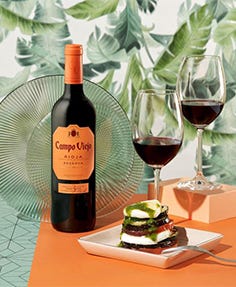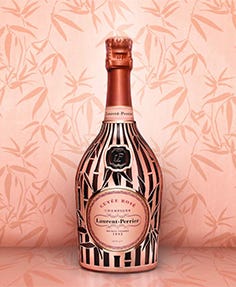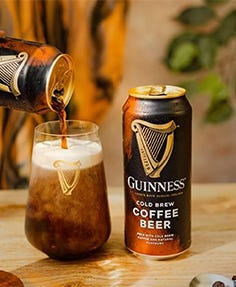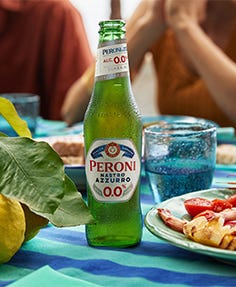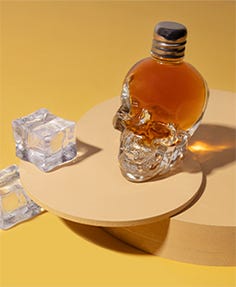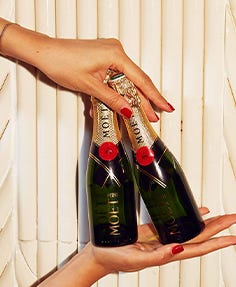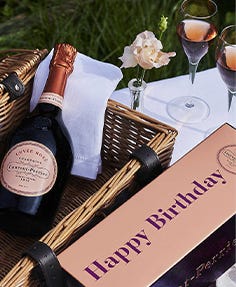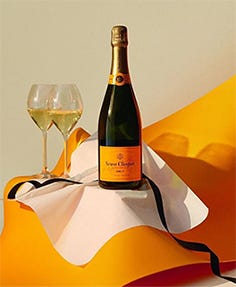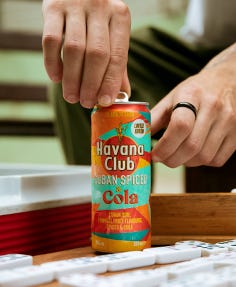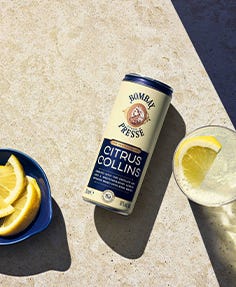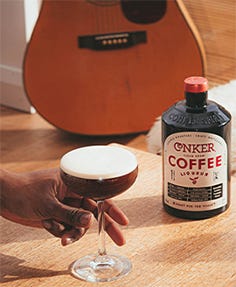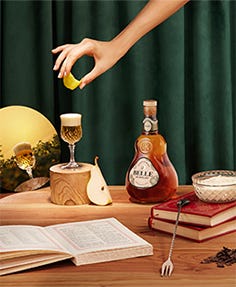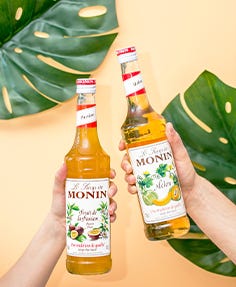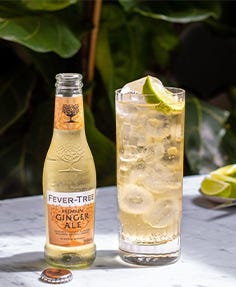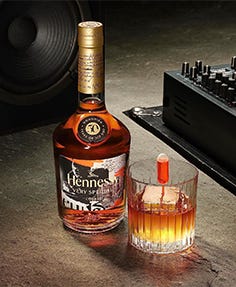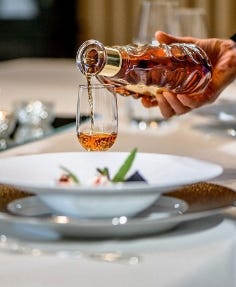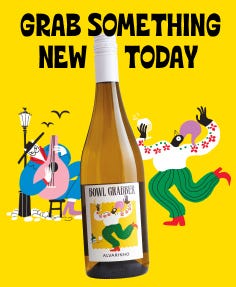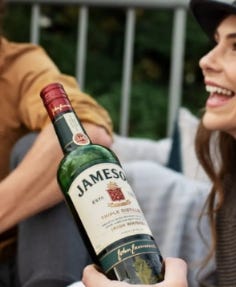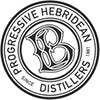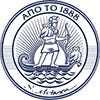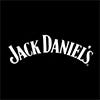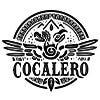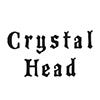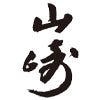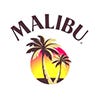Gancia
Born in 1829, Carlo Gancia was only 18 when he became a partner, and later Director of the company Dettori &C., where he creates a new recipe to refine the taste and the aroma of Vermouth. Following his past intuition, Gancia uses the moscato as a base for the infusion of the herbs practically, reinventing an original and incomparable product.
In 1848 Gancia heard about the Savoy Court, the Piedmontese aristocracy and the ever rampant bourgeois class continuosly crying out for French champagne to serve in their drawing rooms. Gancia headed to Reims to learn about the art and techniques of making fine champagne. Two years later,Carlo returns from France with an idea: to create the first Italian sparkling wine using the typical techniques of champagne production but with a different wine base, the Moscato grape. He founds the production company "Fratelli Gancia" with his brother Edoardo and began to produce formulas champagne, thereby giving birth to the first Italian sparkling wine in small lots with the brand Gancia. by 1855, Gancia have proven himself to be a capable business man, supplying coffee houses, bars and liqueur stores with his produce.
Year after year, the companies success grew and by 1866, they moved from urin to Canelli in the heart of the white moscato hills of Canelli. This solves the problem regarding transport from the place of origin of the grapes to the production plant in Chivasso where they are processed. The perfect conditions of the raw materials determine an important leap forward in Gancia’s wine production.
by 1866 Canelli continues to grow and identify itself more and more as a sparkling wine, vermouth, aperitifs, wines and specialities production area as is Fratelli Gancia's entire range of production. In 1893, Carlos' son, Camillo joins the company at the tender age of 19. Bringing with him the family values. with the same drive as his father, the Ganica company continues to grow and gains better positions on the National and International markets, particularly France, Germany and Switzerland. Following his fathers death in 1894, Camillo gains control of the company, which now roduces 548 pupitres (wooden stands in which the neck of the bottles is placed lower than the bottom of the bottle) each with 250-300 bottles, 21 wooden torques and five corking machines. The production of Gancia Italian Champagne is roughly one million bottles.
Today the company is run by the fifth generation of the Gancia family and continues to reap the rewards of it's founders ingenuity.




